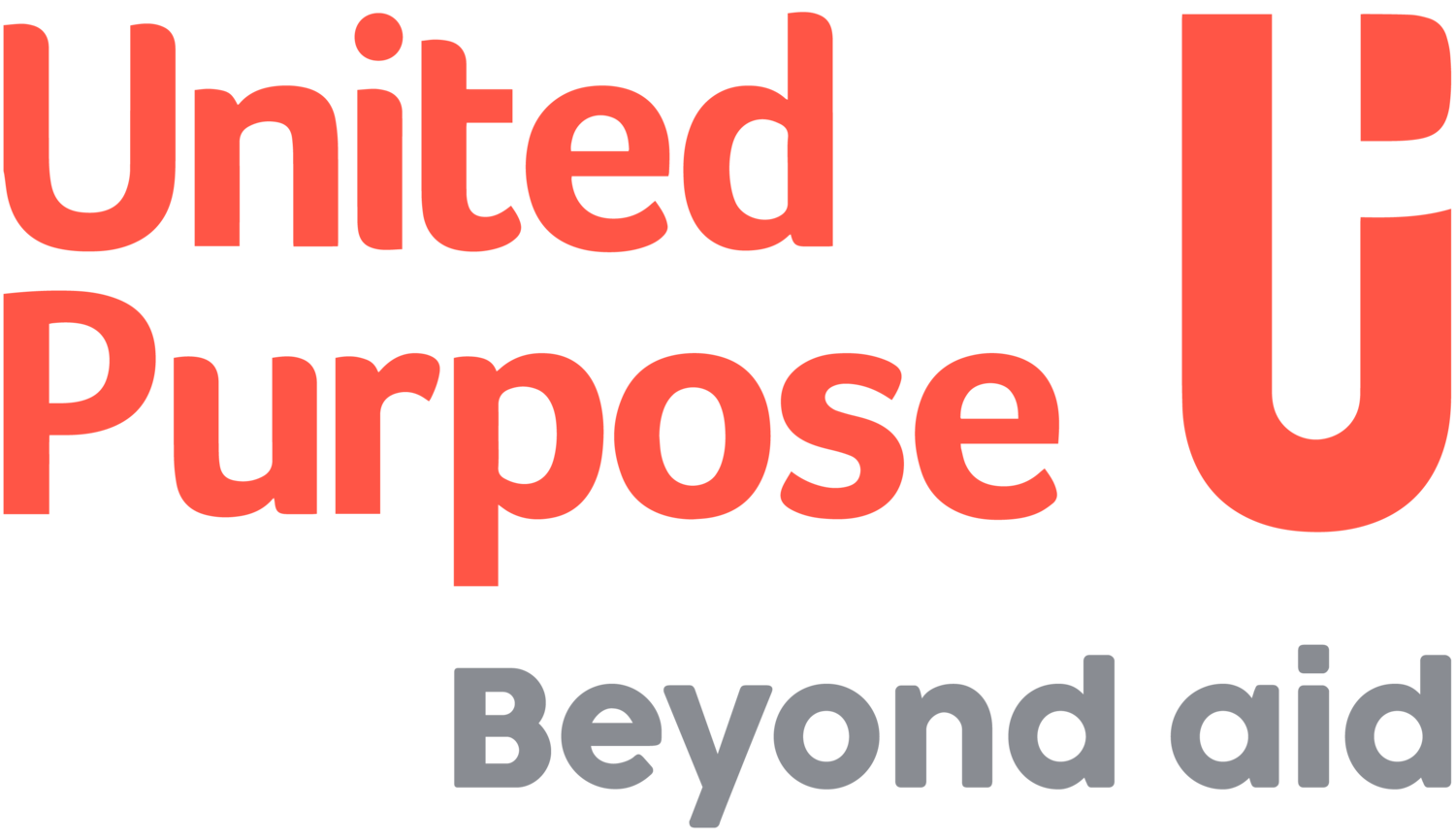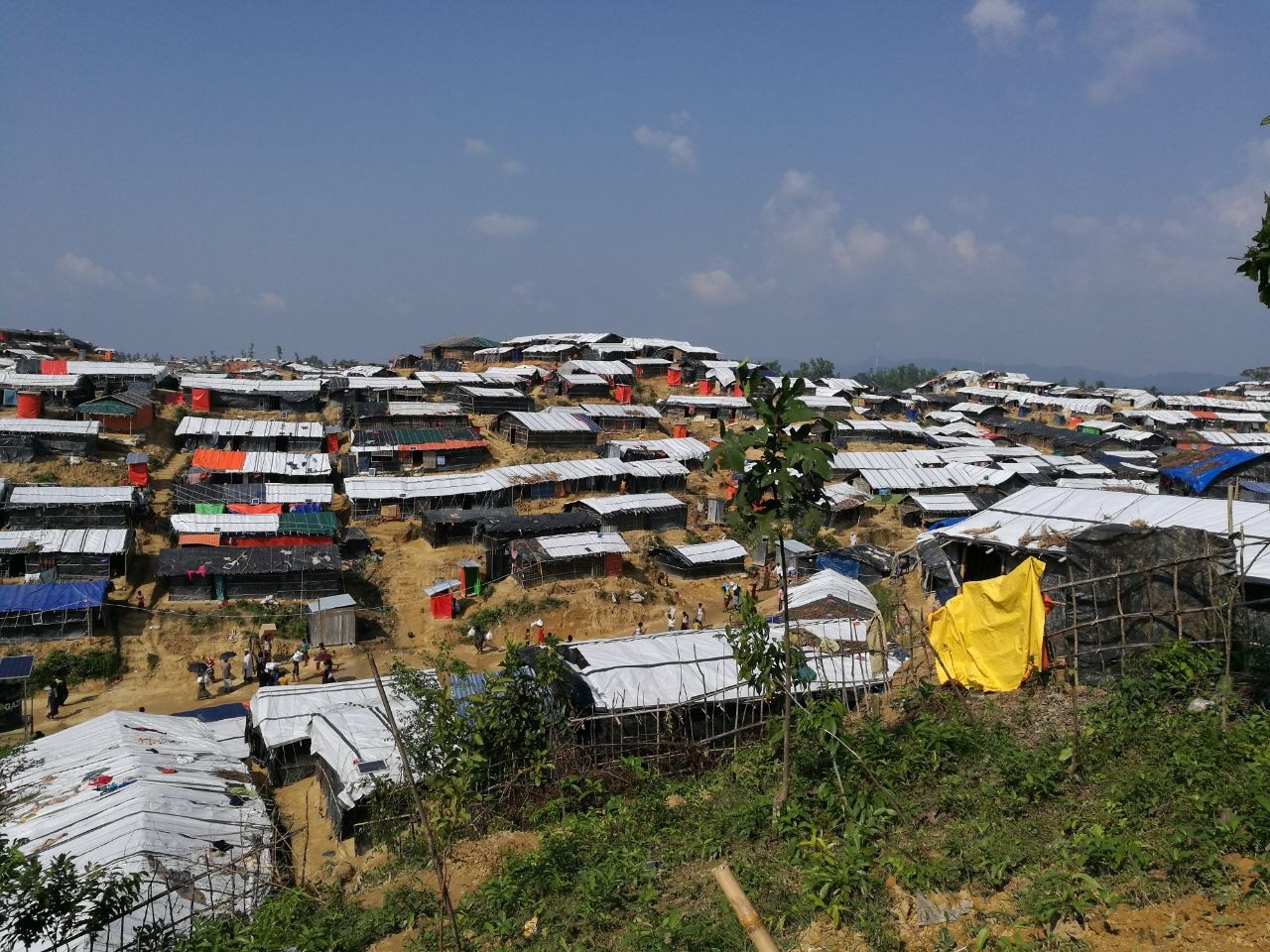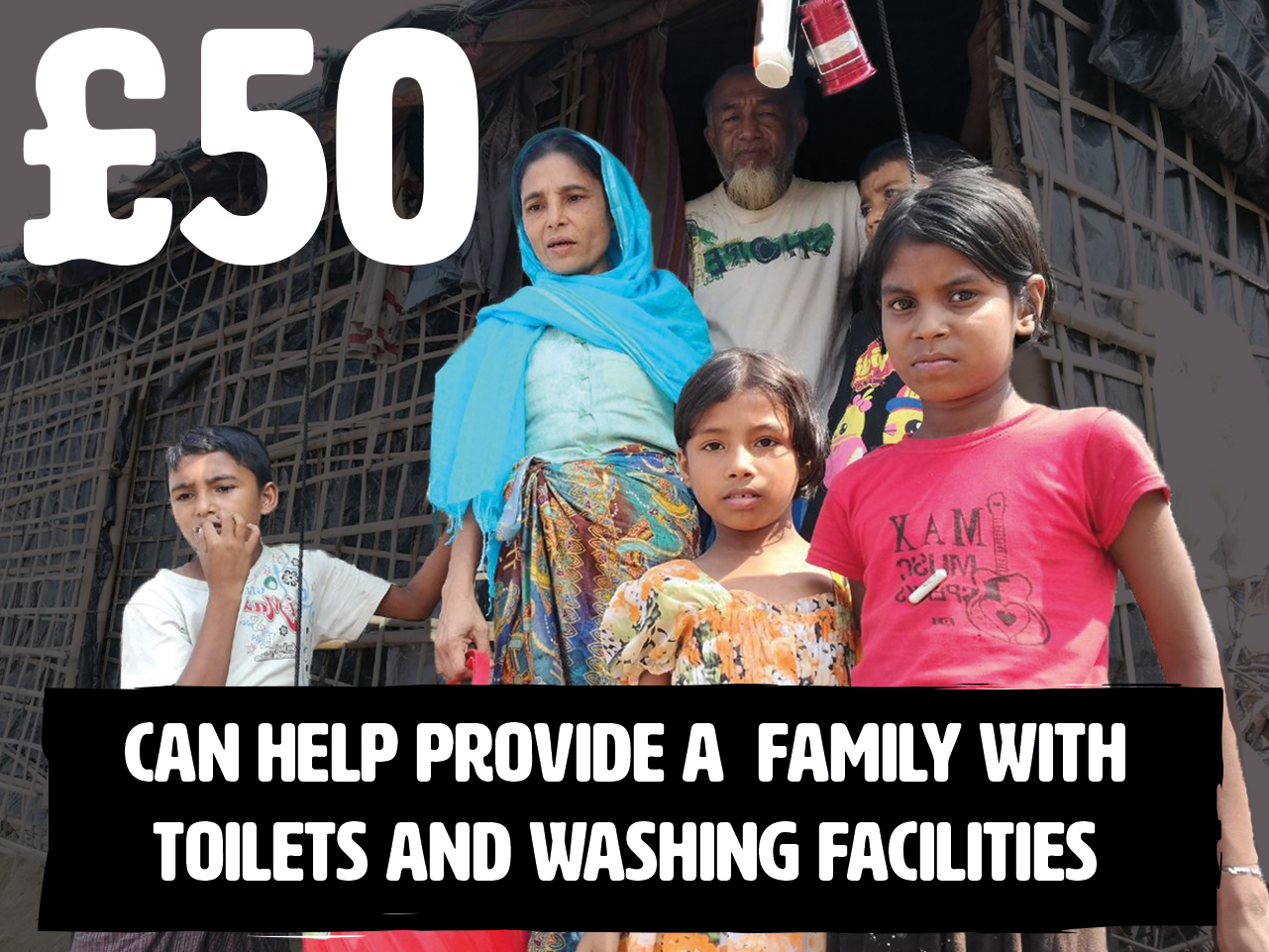Over 600,000 Rohingya people have fled the recent eruption of violence in Myanmar and crossed the border into Bangladesh. Brutal military attacks against this stateless Muslim minority intensified in Myanmar’s Rakhine State in August, and sprawling refugee camps have sprung up in the Cox’s Bazar region of Bangladesh. Kate Hartley, Acting Country Director of UP Bangladesh, shares her first-hand experience of visiting one of these camps.
We arrived at the camp at the same time as a massive, open-top truck full of Rohingya refugees pulled up. As they all started clambering out, one of the first things I noticed is that these people came with nothing. A few of them had a bottle of water, or the odd plastic bag, but there were no suitcases or luggage. Seeing people crowded onto this truck in the heat of the day was so dehumanising.
It’s hard to describe the scale of the crisis. I don’t think the human brain can calculate big numbers very well. I know what 1,000 people looks like because that was the size of my secondary school – but my brain just cannot comprehend hundreds of thousands of people. It’s unimaginable. We walked up one of the hills to get an aerial view of the camp – and it just goes on and on and on. There’s rolling hills of tents as far as the eye can see. You can’t see an end to the camp, and it’s really overwhelming to think of all the people living in all those shelters.
The scale is unbelievable, and we only went to one camp on this trip. The landscape is completely flattened – entire forests have been mown down and biodiversity has been lost. A lot of host communities are being moved off their land, to make room for the camps.
Another worry is that this part of Bangladesh is very climate vulnerable – it’s incredibly prone to cyclones, particularly at this time of year. But where else is Bangladesh going to put the refugee camps? In a small country with a population of 156 million, there’s just no space.
Understanding the need
The camps are very crowded, and one of the things that stands out as you walk around is the sheer amount of children. In Rohingya families, there is an average of seven children per household. Around 80% of the refugees are women and children, and around 29% of them are children under five years old. There are loads of children running around, many of them without any clothes on. It was really hot when we were there, and they obviously didn’t have time to pack clothes when they fled their homes across the border.
Families are living in crude shelters, pieced together with bamboo poles and sheets of tarpaulin. There’s no electricity or fans, so it’s boiling hot inside the tents. They have dug little stoves out of the soil inside the shelters – so it’s very smoky and very dangerous. You can see lots of women and small children in the tents, inhaling these unpleasant fumes.
Malnutrition is a huge problem. Relief organisations give out rice, dhal, oil, salt and sugar – but you can only purchase vegetables, dairy products, meat and fish from markets stalls. So people who don’t have any money, or don’t have anything to trade or sell, are not able to get the nutritious food they need. I saw lots of malnourished children, and one baby – tiny and listless in her mother’s arms – particularly stood out to me. The mother was having trouble breastfeeding, and it doesn’t seem as though there is much opportunity to get formula milk for babies.
The recent influx of refugees is placing a huge strain on already limited resources, and there are not enough water and sanitation facilities in the camps to meet the demand of the increasing population. Over 80% of water samples taken by the World Health Organisation from available water supplies tested positive for E. coli. Toilets are overflowing, putting people at risk of water-borne diseases, which could easily spread throughout the camps.
Face to face with trauma
From an outsider’s perspective, the Rohingya refugees look traumatised. In Bangladesh, people are generally very happy to greet you despite their background, living conditions and the difficult circumstances in which they live. The camps are completely different. There’s a huge amount of trauma – and people’s stories were devastating. They have witnessed so much death, loss and suffering.
I heard so many heart-breaking stories when I was there.
One young guy told me his father had been shot and buried by the army in Myanmar, and that he had dug up his body after the army left so that the family could give him a proper burial. He showed me a picture he’d taken of his father’s body on his phone. There were tears in his eyes and he was visibly very upset.
Another woman I met travelled to Bangladesh in a boat. She watched helplessly as a nearby boat, also full of Rohingya refugees, overturned and sunk, and she saw many of the people drown.
Before it’s too late…
The Rohingya refugees are in desperate need of basic supplies. UP is on the ground in Bangladesh, ready to launch a long-term humanitarian response through which we will deliver clothing, toilets and washing facilities, and safe spaces for women and children. We have over 20 years’ experience of working in this region of Bangladesh, which means we are well-placed to act quickly and effectively.
But the sheer scale of the need far outweighs the response. And as the crisis continues to escalate, we urgently need your help.







